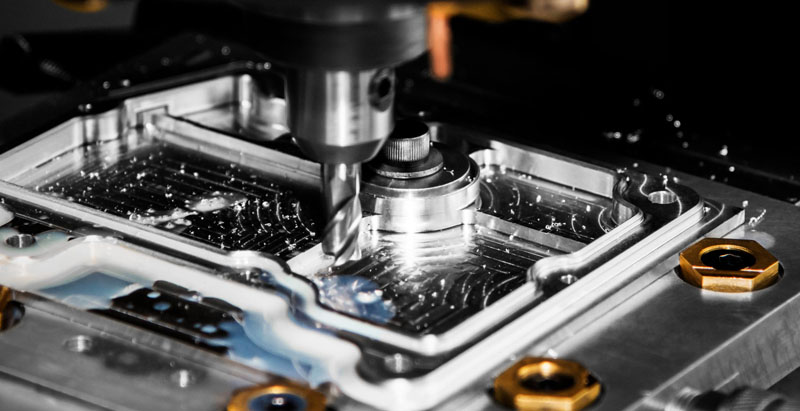In the ever-evolving landscape of manufacturing, robotics and automation have emerged as game-changing technologies, revolutionizing CNC (Computer Numerical Control) machining processes. By integrating robotics and automation into CNC machining, manufacturers can achieve unprecedented levels of efficiency, productivity, and precision. In this article, we will explore the benefits and applications of robotics and automation in CNC machining, highlighting their role in streamlining production.
One of the primary advantages of robotics and automation in CNC machining is the elimination of manual labor and the associated limitations. By replacing human operators with robotic systems, manufacturers can overcome the challenges posed by labor shortages, increase production capacity, and improve consistency in quality and output. Robots can perform repetitive tasks with high accuracy and speed, resulting in enhanced productivity and reduced cycle times.

Automation also brings unparalleled precision to CNC machining processes. With the ability to consistently follow programmed instructions, robots ensure consistent machining results, reducing errors and variations caused by human intervention. This level of precision is particularly critical in industries where tight tolerances and intricate geometries are essential, such as aerospace, automotive, and medical device manufacturing.
Moreover, robotics and automation enable 24/7 operation, significantly extending production capabilities. While human operators require breaks and rest periods, robots can operate continuously, maximizing machine utilization and minimizing downtime. This continuous operation translates into higher productivity, faster turnaround times, and increased overall efficiency.
The integration of robotics and automation in CNC machining also enhances workplace safety. By taking over hazardous or physically demanding tasks, robots mitigate the risk of operator injuries and create a safer working environment. This is especially important in machining processes that involve sharp tools, high temperatures, or exposure to harmful materials. With robots handling these tasks, human operators can be assigned to more supervisory or specialized roles, further improving safety and job satisfaction.
Flexibility is another key advantage of robotics and automation in CNC machining. Modern robotic systems are designed to be versatile and adaptable, capable of handling a wide range of machining tasks and part variations. Through the use of advanced end-of-arm tooling and vision systems, robots can perform complex operations, such as part inspection, tool changing, and adaptive machining, without the need for manual intervention. This flexibility allows manufacturers to respond quickly to changing production requirements and adapt to evolving market demands.
The implementation of robotics and automation in CNC machining does require upfront investment and careful planning. However, the long-term benefits far outweigh the initial costs. Manufacturers can experience improved cost-efficiency through reduced labor expenses, minimized scrap and rework, optimized machine utilization, and enhanced overall productivity. Additionally, the scalability and reprogrammability of robotic systems enable manufacturers to accommodate future growth and adapt to evolving technologies.
In conclusion, robotics and automation have reshaped the CNC machining landscape, streamlining production processes and enhancing competitiveness. The integration of robots brings unparalleled precision, efficiency, and safety to machining operations. By leveraging the benefits of robotics and automation, manufacturers can achieve higher productivity, improved quality, faster turnaround times, and increased profitability. As technology continues to advance, the role of robotics and automation in CNC machining will only become more prominent, driving innovation and shaping the future of manufacturing.


